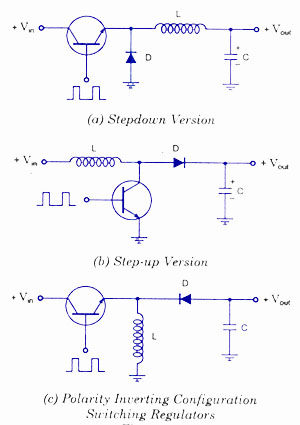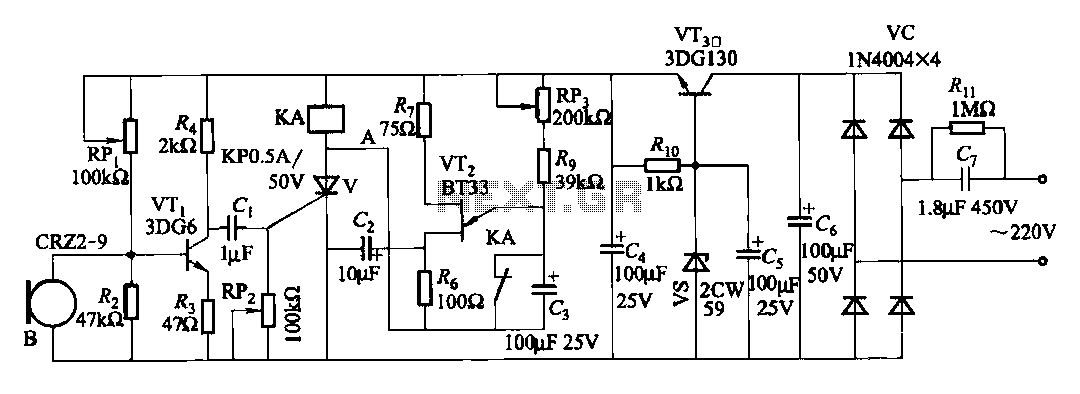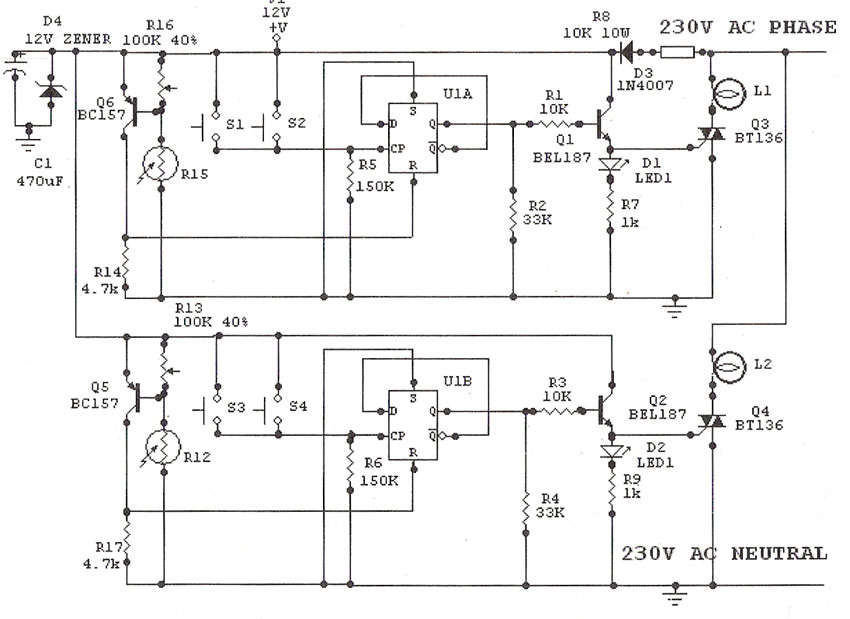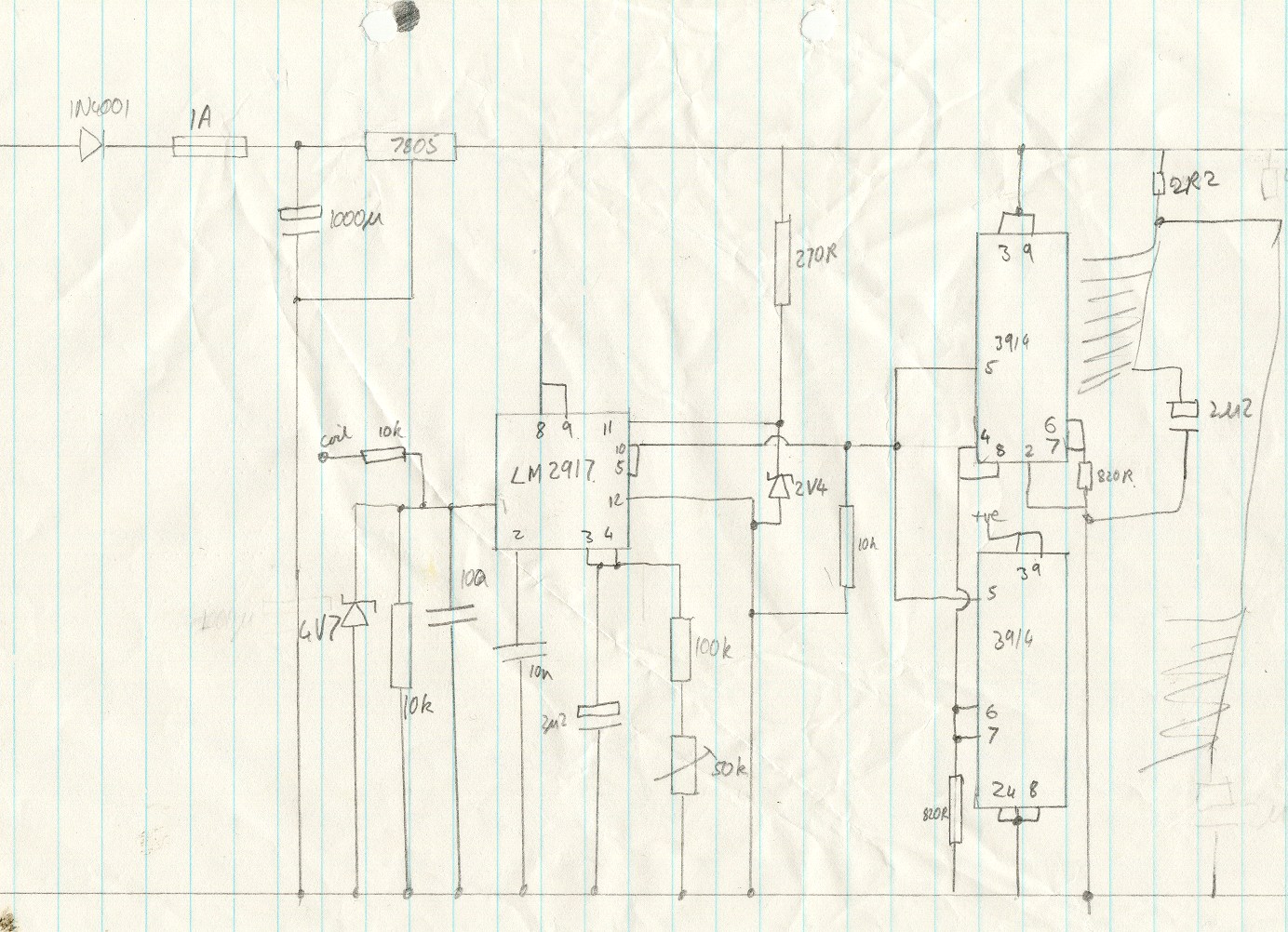
High Frequency Switch
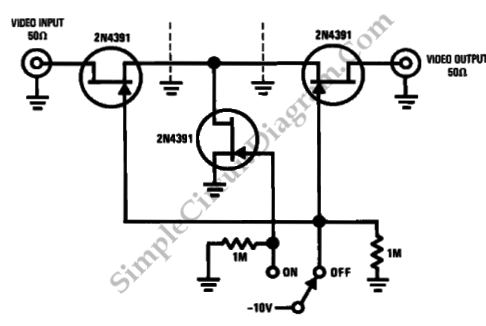
This is a high-frequency switch circuit. This circuit utilizes the 2N4391 transistor. When in the off state, it provides a high off-impedance of less than 0.2 pF and exhibits a low on-resistance.
The high-frequency switch circuit designed with the 2N4391 transistor is engineered for applications requiring rapid switching and minimal signal distortion. The 2N4391 is a JFET (Junction Field Effect Transistor) known for its low noise and high-speed operation, making it suitable for RF (Radio Frequency) applications.
In the off state, the circuit achieves a high off-impedance of less than 0.2 pF, which is crucial for maintaining signal integrity by preventing unwanted loading of the preceding stage. This characteristic ensures that the circuit can effectively isolate different parts of a system when the switch is not engaged.
When the switch is activated (in the on state), the circuit demonstrates a low on-resistance, which minimizes voltage drop and power loss across the switch. This feature is particularly important in high-frequency applications, where maintaining the amplitude and phase of the signal is critical.
The overall design may include biasing resistors to set the operating point of the 2N4391, ensuring that it operates within its optimal range. Additionally, decoupling capacitors might be employed to filter out high-frequency noise, further enhancing the performance of the circuit.
In summary, this high-frequency switch circuit utilizing the 2N4391 is characterized by its high off-impedance and low on-resistance, making it an effective solution for applications requiring reliable and efficient switching at high frequencies.This is high frequency switch circuit. This circuit uses the 2N4391. When it is off, it will provide a high off-impedance (<0.2pF) and low on-resistance of.. 🔗 External reference
The high-frequency switch circuit designed with the 2N4391 transistor is engineered for applications requiring rapid switching and minimal signal distortion. The 2N4391 is a JFET (Junction Field Effect Transistor) known for its low noise and high-speed operation, making it suitable for RF (Radio Frequency) applications.
In the off state, the circuit achieves a high off-impedance of less than 0.2 pF, which is crucial for maintaining signal integrity by preventing unwanted loading of the preceding stage. This characteristic ensures that the circuit can effectively isolate different parts of a system when the switch is not engaged.
When the switch is activated (in the on state), the circuit demonstrates a low on-resistance, which minimizes voltage drop and power loss across the switch. This feature is particularly important in high-frequency applications, where maintaining the amplitude and phase of the signal is critical.
The overall design may include biasing resistors to set the operating point of the 2N4391, ensuring that it operates within its optimal range. Additionally, decoupling capacitors might be employed to filter out high-frequency noise, further enhancing the performance of the circuit.
In summary, this high-frequency switch circuit utilizing the 2N4391 is characterized by its high off-impedance and low on-resistance, making it an effective solution for applications requiring reliable and efficient switching at high frequencies.This is high frequency switch circuit. This circuit uses the 2N4391. When it is off, it will provide a high off-impedance (<0.2pF) and low on-resistance of.. 🔗 External reference
Warning: include(partials/cookie-banner.php): Failed to open stream: Permission denied in /var/www/html/nextgr/view-circuit.php on line 713
Warning: include(): Failed opening 'partials/cookie-banner.php' for inclusion (include_path='.:/usr/share/php') in /var/www/html/nextgr/view-circuit.php on line 713
